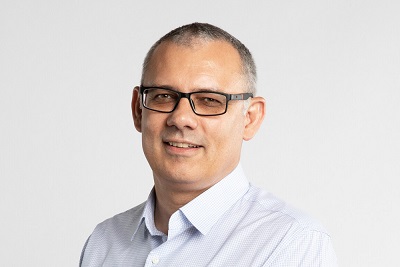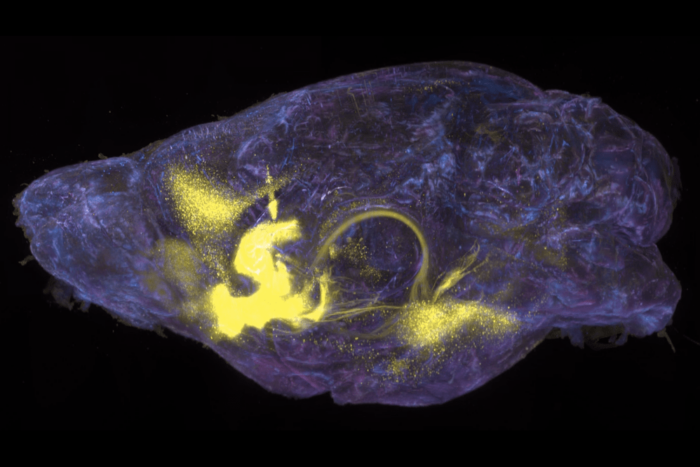Nobel laureate George E. Palade, 95
by TALLEY HENNING BROWN
At the presentation of his Nobel Prize in 1974, George Emil Palade was described as “largely responsible for the creation of modern cell biology.” The man whose research played a crucial part in bringing electron microscopy to the study of biological cells was an integral member of The Rockefeller University for nearly 30 years, and his scientific and intellectual influence is apparent in several laboratories in operation today. Professor Emeritus Palade, who resigned from the university in 1973, passed away Tuesday, October 7, at his home in Del Mar, California.
Dr. Palade was born November 19, 1912 in Iasi, Romania, to Emil Palade and Constanta Cantemir-Palade. It was during medical school, at the University of Bucharest, that Dr. Palade discovered an intense interest in basic research, and following military service during World War II, he moved to the United States to continue his studies at New York University. Later that year, 1946, he met Albert Claude, one of the first scientists to apply electron microscopy to the study of living cells, and subsequently came to work in Dr. Claude’s laboratory at Rockefeller.
Dr. Palade’s work in the Claude laboratory centered mainly on cell fractionation, the breaking apart of cells to study their individual components. In the early 1950s, Dr. Palade moved to the lab of then-president Herbert S. Gasser, where he began to focus on electron microscopy with the aim of improving live tissue preparation techniques. He and his colleagues developed methods that revealed entirely new subcellular structures, thus opening new avenues of study. In the mid-1950s, Dr. Palade combined his work with cell fractionation and electron microscopy and subsequently showed that microsomes, previously thought to be mitochondrial fragments, are actually fragments of the endoplasmic reticulum, a component discovered in 1945 by Dr. Claude, Keith Porter and Ernest Fullham and now known to be instrumental in a cell’s transport system. Dr. Palade also discovered ribosomes, responsible for genetic translation.
In 1958, Dr. Palade was appointed professor and head of laboratory, and by the early 1960s, cell biology was a recognized field of research. Dr. Palade was active in the founding of The Journal of Cell Biology, published at Rockefeller, as well as the American Society for Cell Biology.
“Palade had an uncanny ability to integrate the most disparate observations into a coherent working hypothesis. He mentored not by micromanaging one’s thoughts but by guiding them into a productive trajectory,” says Günter Blobel, head of the Laboratory of Cell Biology and a former postdoc in Dr. Palade’s lab, who won his own Nobel Prize in 1999 for work based on Dr. Palade’s discoveries.
Dr. Palade moved to Yale University Medical School in 1973, following an interest in combining the new field of cell biology with pathology and clinical medicine. By the time he left Rockefeller, there were five labs studying cell biology. In 1990, he moved to the University of California, San Diego, where he was professor of cellular and molecular medicine and dean for scientific affairs. In addition to the Nobel Prize in Physiology or Medicine, which he shared with Albert Claude and Christian de Duve, Dr. Palade was the recipient of numerous awards, including the 1966 Albert Lasker Award for Basic Medical Research and the 1986 National Medal of Science.
In addition to his wife of 38 years, Marilyn Gist Farquhar, who is currently chair of cellular and molecular medicine at UCSD, Dr. Palade is survived by two children from his first marriage, Georgia Van Dusen and Philip Palade, two stepchildren, Douglas and Bruce Farquhar, and two granddaughters.


